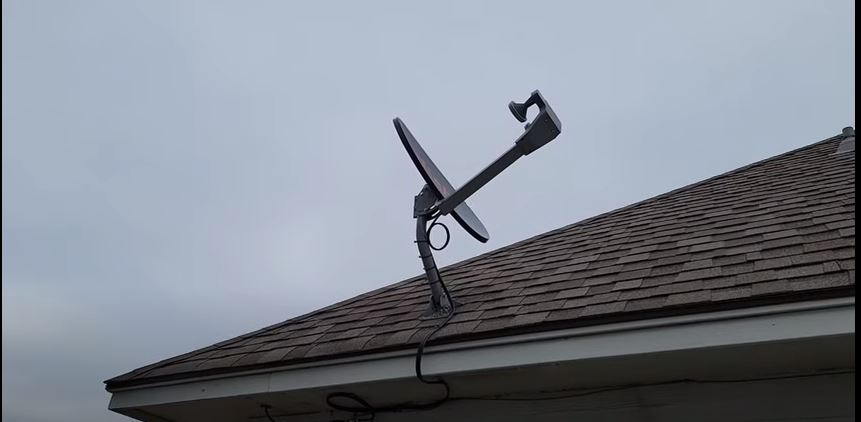Installing a satellite dish on your roof can be a great way to access television and internet services in remote areas of Australia. But before you start the installation process, it’s important to understand the regulations and potential risks involved.
In this article, we’ll look at the legal considerations of installing a roof-mounted satellite dish, as well as important safety tips to keep in mind.
What Are the Benefits of Installing a Roof-Mounted Satellite Dish?
A roof-mounted satellite dish can provide access to television and internet services in remote areas of Australia where terrestrial signals are not available. It also offers more reliable reception than other types of antennas, as it is not affected by trees or buildings that may block signals. Additionally, some satellite dishes come with an automatic tracking system that allows them to adjust their position to ensure optimal reception.
What Are the Regulations for Installing a Roof-Mounted Satellite Dish in Australia?
 In Australia, there are certain regulations that must be followed when installing a roof-mounted satellite dish. All installations comply with their rules and regulations, which include:
In Australia, there are certain regulations that must be followed when installing a roof-mounted satellite dish. All installations comply with their rules and regulations, which include:
- The dish must be installed at least five metres away from any other antenna or structure;
- The dish must be installed at least two metres above the highest point of the building;
- The dish must not interfere with any existing radio or television signals;
- The dish must not cause any interference with aircraft navigation systems; and
- The installation must comply with local zoning laws.
Additionally, many associations have their own rules regarding where a satellite dish can be installed on a property. These rules may include restrictions on height, location, and type of mounting hardware used. It is important to check with your local association before beginning any installation work.
What Are the Potential Risks Involved With Installing a Roof-Mounted Satellite Dish?
When installing a roof-mounted satellite dish, there are several potential risks that should be considered:
Damage to your roof – Drilling holes into your roof can cause damage if not done properly. It is important to use proper mounting hardware and follow all safety guidelines when installing your satellite dish.
Interference with other signals – If your satellite dish is installed too close to another antenna or structure, it could interfere with its signal or cause interference with aircraft navigation systems.
Unauthorized access – If your satellite dish is left unsecured, it could potentially provide unauthorized access to your home’s network or allow someone to intercept your signal without permission.
How Do I Install a Roof-Mounted Satellite Dish in Australia?
If you decide to install a roof-mounted satellite dish in Australia, there are several steps you will need to take:
Check local zoning laws – Before beginning any installation work, make sure you check with your local association for any restrictions on height, location, and type of mounting hardware used for installing a satellite dish.
Purchase necessary equipment – You will need an appropriate mount for attaching the satellite dish to the roof as well as cables for connecting it to your receiver box inside the house. Make sure all equipment meets FCC requirements before purchasing it.
Install mount – Use appropriate mounting hardware and follow all safety guidelines when installing the mount onto your roof so as not to cause any damage or interference with other structures or signals nearby.
Connect cables – Once the mount is securely attached to the roof, connect all necessary cables between the receiver box inside the house and the satellite dish outside so that they are properly connected and functioning correctly before turning them on for use.
Conclusion
Installing a roof-mounted satellite dish in Australia can provide access to television and internet services in remote areas where terrestrial signals are not available but there are certain regulations that must be followed as well as potential risks involved such as damage caused by drilling holes into roofs or interference caused by proximity of other antennas/structures nearby . When deciding whether or not this is something you want do yourself , make sure you research thoroughly about Federal regulations , local zoning laws , necessary equipment , safety guidelines etc . before starting .



